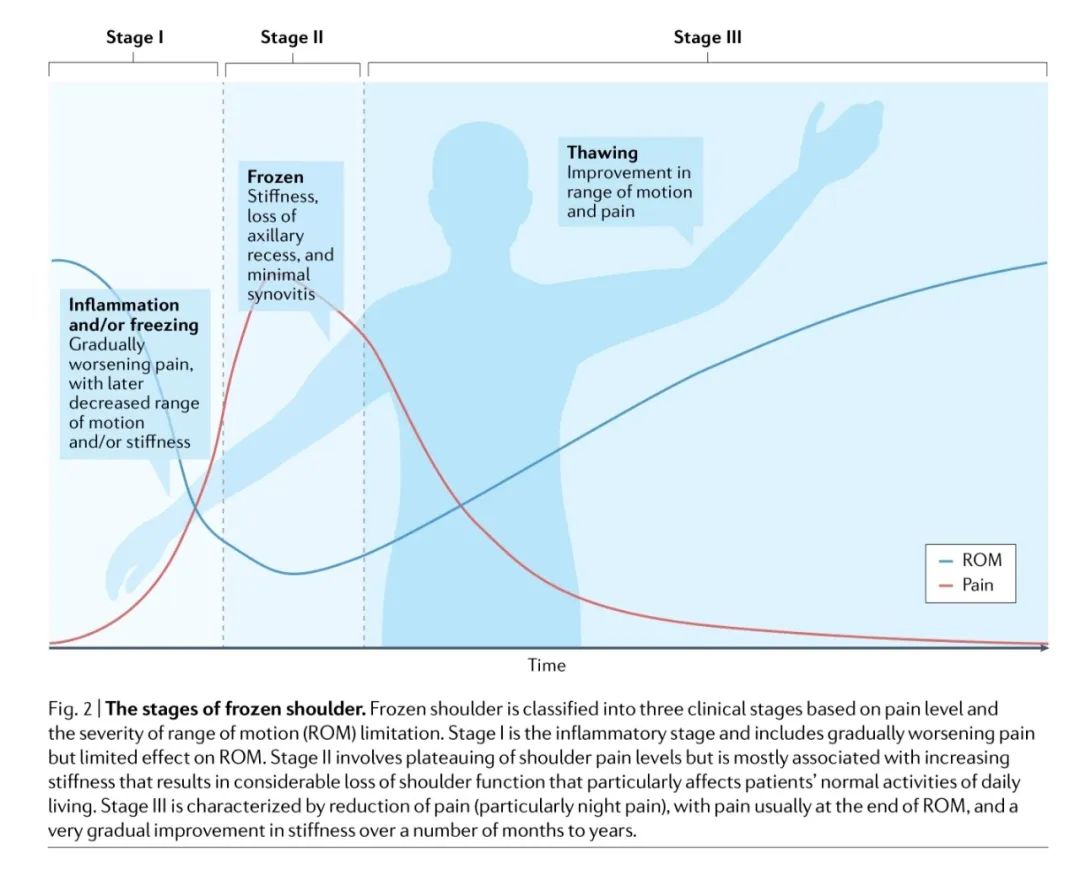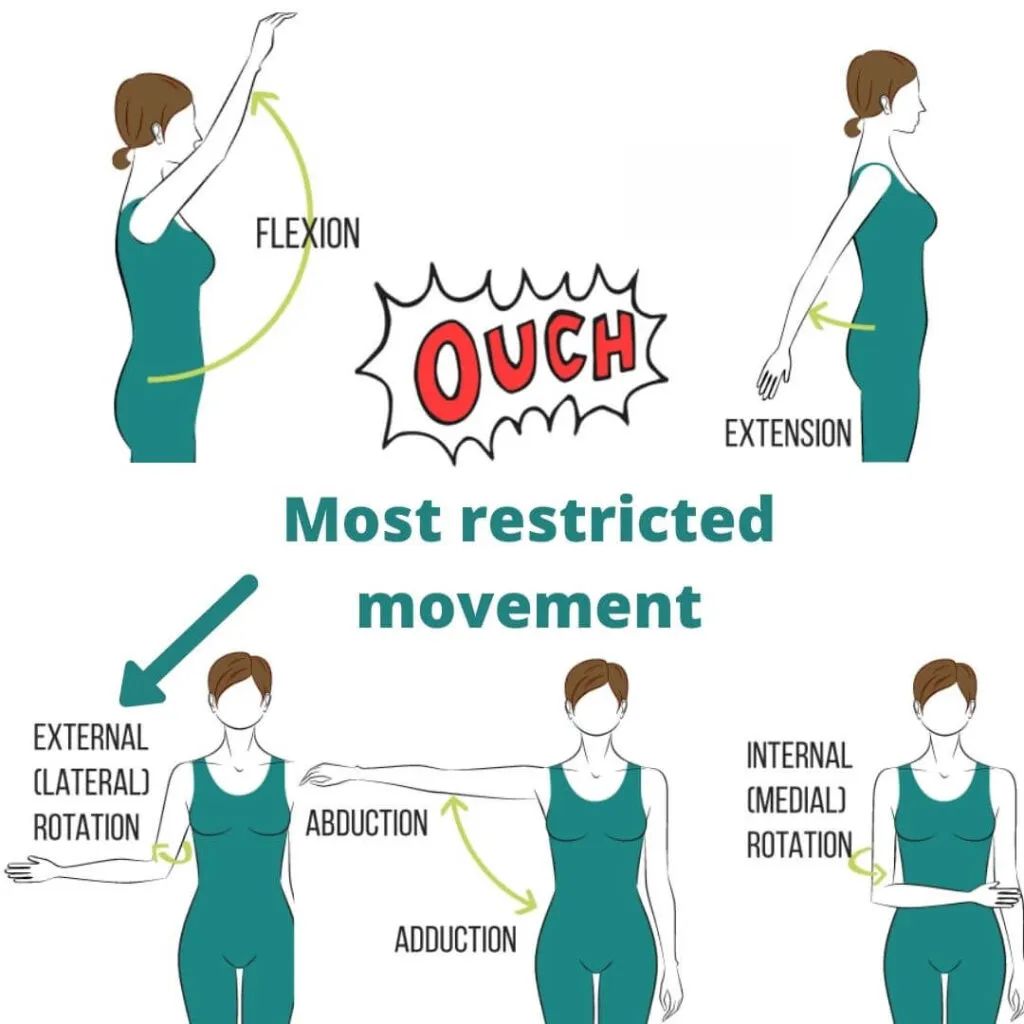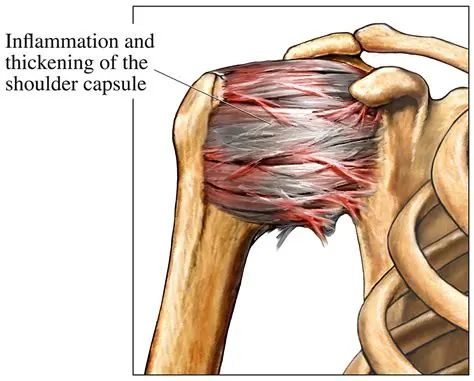What is Frozen Shoulder? And what can you do about it?


Are you dealing with stiffness, pain or a limited range of motion in the shoulder? ‘Frozen Shoulder’ or adhesive capsulitis is a condition which affects the shoulder and can be quite painful, as well as hard to detect if you’re not familiar with this syndrome.

Affecting at least 5% of the population, Frozen Shoulder happens in 3 stages: The Freezing Stage, The Frozen Stage, and the Thawing Stage.
The Freezing stage can last anywhere from 6 weeks to nine months. It is characterized by a gradual onset of pain, increasing stiffness and ones range of motion begins to decrease.
Once entering the Frozen stage one can expect the pain to decrease, but the stiffness to stay. This can last for 4 to 12 months.
The Thawing stage takes the longest and is a gradual decrease in pain, while the mobility begins to increase. However, this stage can last anywhere from 6 months to two years!

Frozen shoulder typically affects people over the age of 40, and while it can affect both shoulders, it usually only affects one at a time. That said, it is becoming increasingly more common, and can affect people as young as their late 20s.
It most commonly occurs after falling on an arm, a shoulder surgery or other forms of trauma to the joint. It’s an overreaction of the inflammatory response ones body uses to heal the joint and usually resolves with time despite causing severe pain and loss of mobility. The best part of working with Frozen Shoulder is it can be managed with physical therapy and patients essentially always have great outcomes given enough time and rehabilitation.

How can you tell if you’re experiencing Frozen Shoulder?
Typically a medical expert will look for a ‘capsular pattern’ of movement. This means abduction is more limited than flexion and external rotation is more limited than internal rotation. This is in contrast with the much more common ‘Functional Impingement Syndrome’ of the shoulder in which flexion is more limited than abduction and internal rotation is more limited than external rotation.

So what can be done if you think you are, or are, experiencing this type of pain?
Surgery is typically not needed, so it’s good to get a second opinion if you are experiencing pain in your shoulder without answers to the root cause.
Along with using pain relievers and practicing gentle stretching, the good news is that both acupuncture and physical therapy can help!
The tiny needs used in acupuncture can stimulate certain points in the body, helping to reduce pain and improve the range of motion. Acupuncture can also be used in combination with physical therapy to maximize the effects of the two different modalities.
Physical therapy can also help reduce pain and help get you back to a normal range of motion, which can be lost due to scar tissue build up, muscle tightness and joint stiffness. Additionally your physical therapist may suggest modifications to activities that you routinely perform to help lessen the strain placed upon the affected joint.
Through regular practice and with the guidance of your medical team you can gradually regain mobility in your shoulder while reducing pain and discomfort. If you are ever experiencing pain in your joints that prevents you from participating in normal activities in your daily life, it’s important to get help. Contact the UP Medical team for support in getting back to a healthier, more mobile you!

本篇文章来源于微信公众号: 上海优复康复医学门诊部

